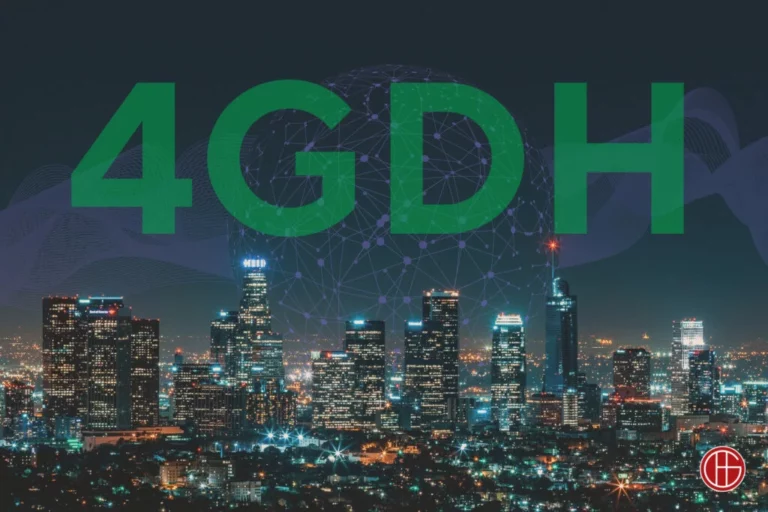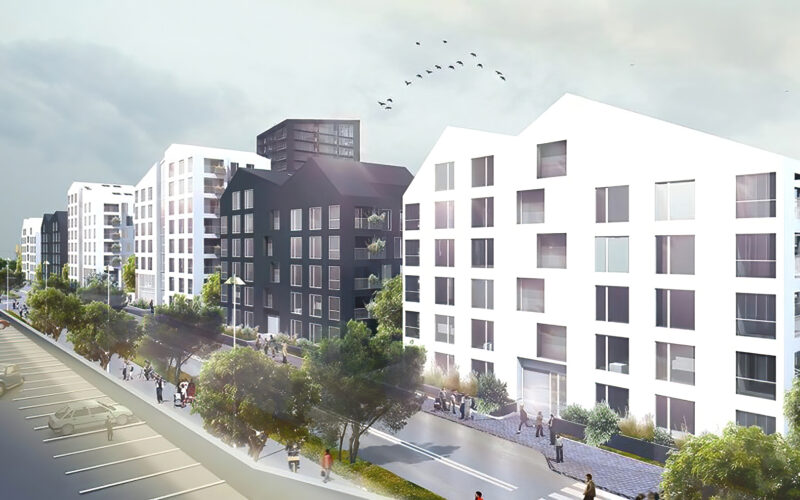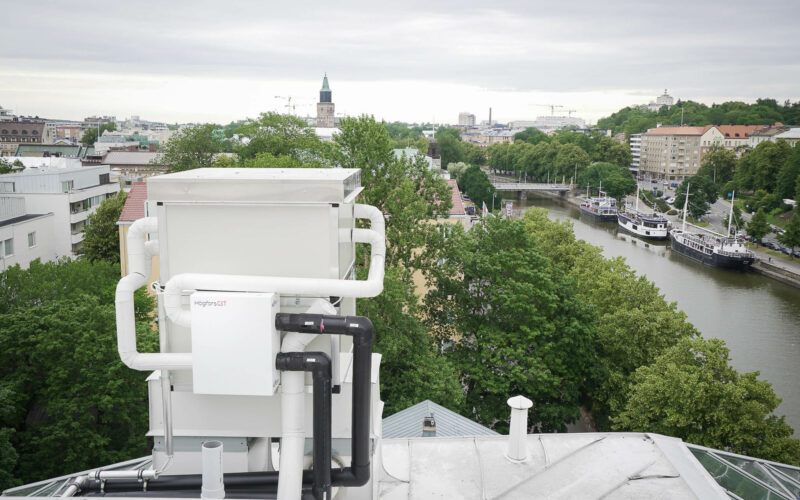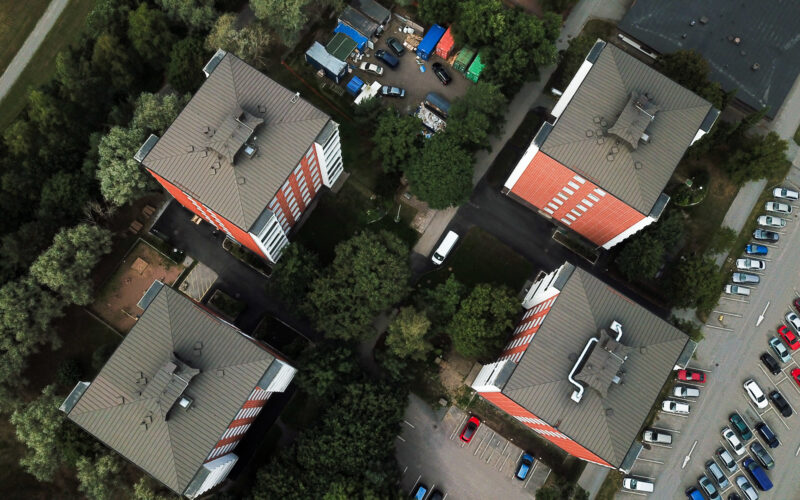District energy systems and their competitiveness are now developing rapidly. The energy industry has made significant investments to reduce emissions and improve competitiveness. Businesses and citizens, who are customers in district energy networks, benefit most from these measures, most of them not even realizing it
It has been said that actions speak louder than words. However, in today’s world, it is time for the energy industry to communicate effectively and to publicize the benefits that district energy networks have made possible. Actions have been taken, now it’s time to let the world know about them.
The transition to centralized energy production and district energy networks has been made in the past when it was found to be cheaper, more energy efficient, less environmentally damaging and easier than decentralized production, as well as technically more reliable. Good sales work and effective communication also played a significant role in gaining that market share.
At times, it seemed for a moment that electric-driven, decentralized production could be cheaper, easier, and more environmentally friendly than centralized production and distribution. The general perception and the market changed. The technical development of heat pumps also made it possible to provide competitive property specific solutions. In addition, sales and communications in the heat pump industry did a very good job – sometimes with slightly colored arguments about emissions, price development and the cooperation ability of the district energy sector.
The development of technology suitable for decentralized production has accelerated competition and also helped the district energy sector to develop its products and services to be more efficient. At the same time, the energy industry has learned to harness the best of both combustion and non-combustion technologies and combine them cost-effectively into hybrids – without confrontation and sub-optimization, for the benefit of society and the energy user.
Currently, it is not profitable for any customer connected to the district energy network to disconnect from the networks without careful consideration and honest pre-investigation as well as a discussion with their own heat vendor. It is worthwhile to utilize the best pieces of different technologies and production methods, make the most suitable combination for them and put the energy they acquire into circulation in a positive and constructive way, which is also socially and environmentally sustainable.
It has been a pleasure to see that energy distribution and production can also involve a consumer who can use the district energy network as a way to distribute surplus heat. Number of exemplary implementations of such technologies have already been seen and even more are expected in the near future.
The most advanced stakeholders already see the district energy market and the related technical system as an entity, a system consisting of three mutually supportive and interdependent parts: the energy user, the distribution network and production. Professionals who have been following the industry have seen this for a long time, and rejoice that the district energy industry is living a new sunrise with its customers. A sunrise that is based on sharing and managing knowledge and information, as well as sharing energy.
Best after the sun – 4GDH.






